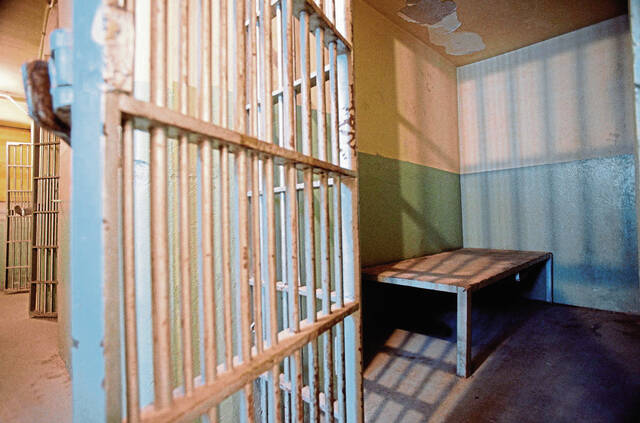Editorial: Less recidivism requires more preparation for inmates
For some people, being arrested can be a wake-up call.
It can be enough of a scare to cause a jump back to the straight-and-narrow. Maybe it was precipitated by a one-time mistake unlikely to happen again, or maybe it was a stupid move that could have resulted in a lifelong problem that was headed off by a brush with the law.
But that is not what happens most of the time.
A 2020 report from the Pennsylvania Reentry Council showed that if you spent time behind bars in the Keystone State, there is a 67% chance you will be back in custody within three years. That means for every three people who leave a jail cell, two will be back — probably before they are done paying off their fines or checking in with a probation officer. In fact, probation or parole violations could be part of the problem.
That can make the process of entering the court system a kind of conveyor belt that moves from courthouse to jail or prison to community and back again, over and over again. It’s called recidivism — the act of committing criminal behavior that leads to more punishment.
Westmoreland County Prison is attempting to address the issue through preparation and support. On Monday, Warden Bryan Kline announced a program with Peerstar LLC of Altoona to take inmates within three months of release and work with them on life skills they will need when they return to the community.
This is a long overdue idea in every county jail in Pennsylvania. Take a look in the publicly available records of the Administrative Office of Pennsylvania Courts for many people sentenced to a few months or years in prison. You see recidivism plainly in the number of cases you can find attached to their names.
First offenses often mean probation or short jail stays, but without guidance, they return for progressively longer sentences. Each time makes it harder to reintegrate. An arrest record makes it difficult to find work, to find housing, to comply with custody or child support orders and to maintain mental health — all of which ups the chances for additional crimes.
Helping people figure out a way to not only do what they need to live but also do it in a way that will prevent reoffending is exactly what a justice system based on the welfare of the entire community should be doing. It isn’t coddling criminals. It is helping all people live in a society where people are less likely to turn to crime.
Remove the ads from your TribLIVE reading experience but still support the journalists who create the content with TribLIVE Ad-Free.

